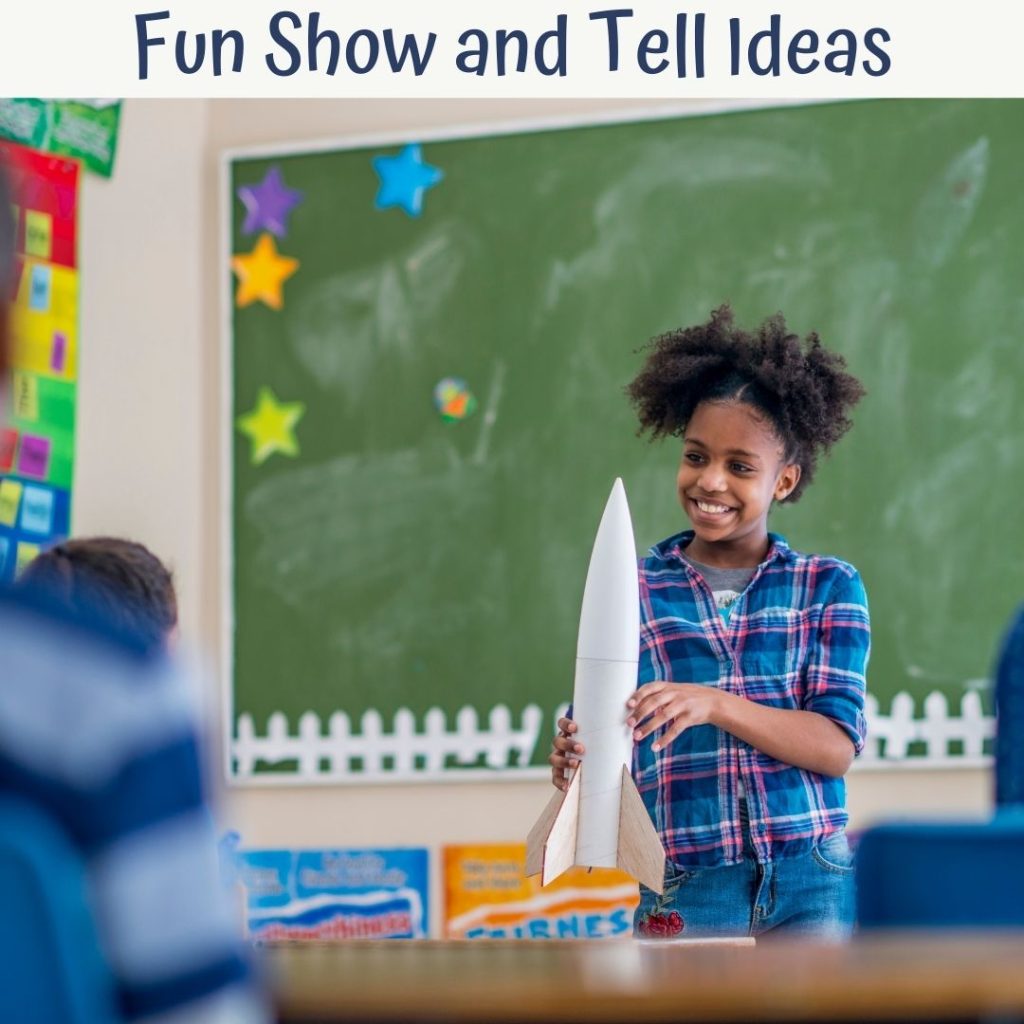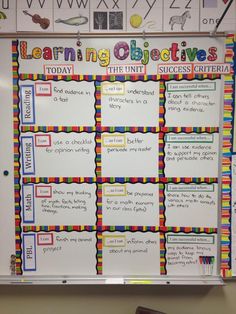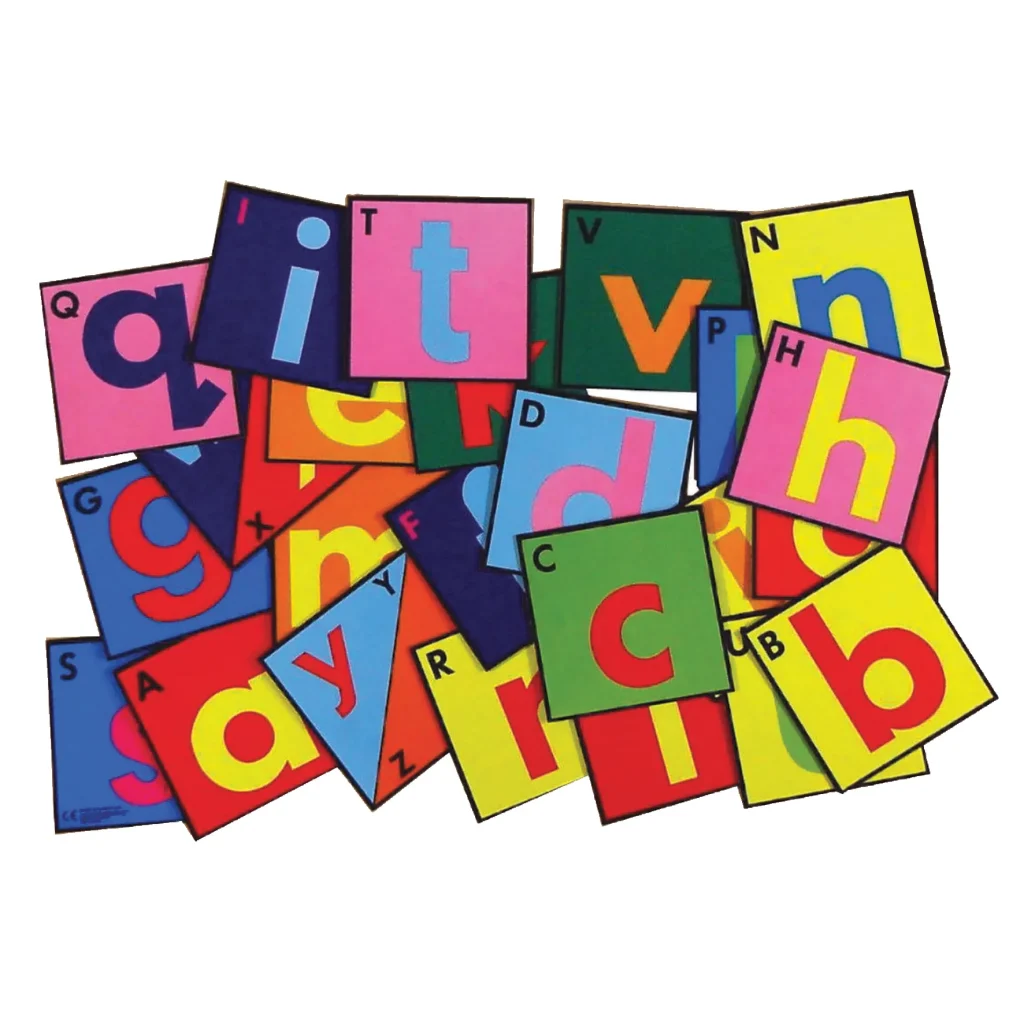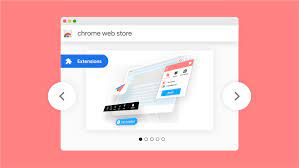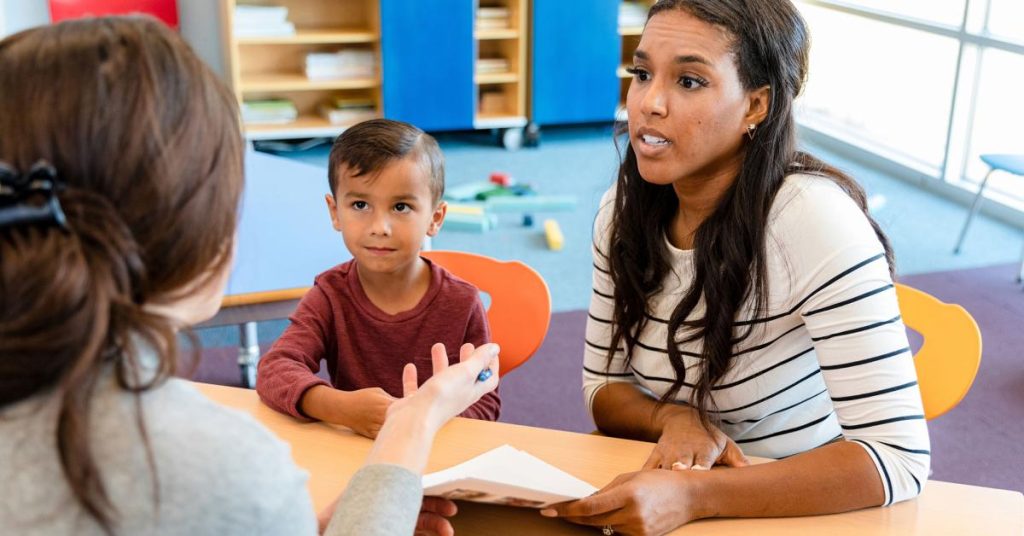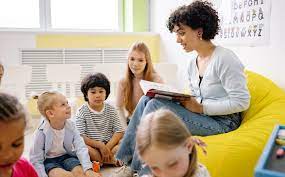The tradition of “Show and Tell” is not just a fond memory from our elementary school days; it’s also a powerful tool in professional development networks, particularly for graduate teachers. Within the Graduate Teacher Network—a vibrant community of educators in the midst of mastering their craft—the principles of “Show and Tell” have taken on a new, transformative role.
Just as young students proudly display their treasured items or share exciting stories with their peers, graduate teachers in these networks exhibit and discuss their innovative teaching practices, insightful experiences, or resourceful materials they’ve created. This exchange has proven to be invaluable for personal and professional growth. Through this collaborative environment, graduate teachers develop a supportive space to reflect on their practices, obtain feedback from fellow educators, and foster continuous learning.
This modern adaptation of “Show and Tell” in the Graduate Teacher Network is not just about displaying what’s working; it’s a holistic approach that encourages vulnerability and the sharing of challenges faced in the classroom. This is where its true power lies—in the honest exchange that leads to collective problem-solving and advancement.
The practice encourages graduate teachers to stay updated with current educational trends, integrate research-based strategies into their teaching, and modify methodologies to suit diverse student needs. In doing so, it solidifies the connection between theory learned through their graduate studies and the practicalities of daily teaching tasks.
Moreover, “Show and Tell” sessions within these networks often ignite creativity, inspire new projects, and lead to mentorship opportunities. Veteran educators often step into guiding roles, offering insights gained through years of teaching experience.
Ultimately, this exchange catalyzes a crucial shift from isolated classroom practices to a community-centered approach where knowledge is shared freely—an essential move for those shaping the future of education. The Graduate Teacher Network’s take on “Show and Tell” goes beyond sharing—it’s about building a collective wisdom that not only nurtures teacher development but also enriches the educational journey for students across the globe.
